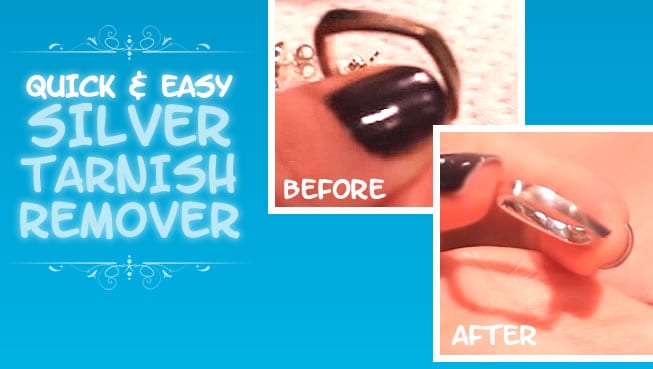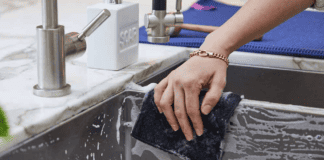Today I want to talk about something that’s become an essential part of my life—smart money management. Whether it’s because of the ever-increasing cost of living or simply discovering better alternatives, there are a lot of items that I’ve consciously removed from my shopping list.
In this blog post, I’ll share with you some of the things I no longer buy and explain why these changes have made sense for my wallet and my lifestyle.
1. Premium Groceries: Gone are the days of exclusively shopping at premium grocery stores. While I still appreciate quality produce and specialty items, I’ve transitioned to discount grocers for everyday essentials. The savings can be substantial, and I reserve visits to the high-end stores for select items.
2. Paper Napkins: Disposable paper napkins are a waste of resources and money. I’ve replaced them with reusable cloth napkins—they’re eco-friendly and save me from constantly restocking disposable options.
3. Disposable Razors: Around five or six years ago, I made the switch to a high-quality, reusable razor blade. Not only does it provide a superior shaving experience, but it also reduces waste and saves me money in the long run.
4. Candles: Candles can be expensive, and their strong scents can overwhelm a space. Safety is another concern, especially with a little one at home. I’ve opted for LED candles, which offer ambiance without the fire hazard.
5. Fake Plants and Flowers: Fake plants and flowers might seem like low-maintenance decor options, but I find them uninspiring and environmentally unfriendly. I prefer the real deal, as they add life and freshness to my home.
6. Extended Warranties: Extended warranties are often pushed when making purchases, but for many everyday items, they’re unnecessary. I skip these offers and rely on the manufacturer’s warranty or my own care of the product.
7. Brand New Kids’ Clothes: Kids grow quickly, and their clothes are prone to stains and wear. Rather than buying new, I source hand-me-downs from friends and online marketplaces. Secondhand shops are also a great resource for affordable children’s clothing.
8. Retail Therapy: Boredom buying used to be a temptation, especially during the pandemic. To combat this, I’ve adopted a “fill the cart and mull it over” strategy. This approach helps me make more considered purchases and avoid impulsive spending.
9. Wrapping Supplies: Gift wrapping can be wasteful, so I’ve embraced a greener approach. I keep reusable tissue paper, gift bags, and boxes from received gifts on hand, reducing the need to purchase new wrapping supplies.
10. Seasonal Decor: Rather than splurging on seasonal decor items that quickly lose their appeal, I invest in timeless pieces and practical furnishings that can be enjoyed year-round. It’s a money-saving and clutter-reducing approach.
11. Makeup Remover Wipes: Makeup remover wipes are convenient but wasteful. I’ve switched to reusable facecloths, which are both eco-friendly and cost-effective. They effectively remove makeup and can be washed and reused.
12. Air Fresheners: Air fresheners, candles, and sprays can mask odors but don’t address the root cause. I rely on plants, open windows, and an air purifier to keep my home smelling fresh naturally.
13. Fabric Softener and Dryer Sheets: I’ve replaced fabric softener with fabric rinse, which is more efficient and requires less product. Dryer balls are another eco-friendly alternative to traditional dryer sheets.
14. Souvenirs: Souvenirs, while sentimental, often end up as clutter. I’ve shifted my perspective on buying things for family and friends when I travel. Instead, I focus on capturing memories with photos and letting go of the need to bring back physical tokens.
15. Craft Kits: Craft kits—if you’re into that kind of thing—can be expensive, and they limit creativity. Instead, I encourage imaginative crafting with basic supplies. It’s cost-effective and allows for endless possibilities.
Conclusion: Making these changes to my shopping habits has saved me money and reduced waste and clutter in my life. Focusing on what truly matters and embracing reusable and sustainable alternatives, I’ve found a more mindful and budget-conscious way of living. What are some items you’ve decided to stop buying, and why? Share your thoughts in the comments below, and let’s inspire each other to make smart money moves. Thanks for reading, and until next time!
Looking for a BETTER & EASIER Way to Clean Your Home?
Cleaning Expert Melissa Maker is here to help with her game-changing 3 Wave Cleaning System that will help you clean your house faster and easier than you ever thought possible!

















I don’t buy any household cleaners anymore and make all my own with a few basic, non-toxic, and cost effective supplies: vinegar, baking soda, Dr Bronner’s liquid soap or Miracle 2 Soap, lemons, salt, essential oils, and water. My house is clean, sanitary, and fresh with no smells and no waste!
I picked up a few new tricks to cleaning by reading your articles. Thanks .